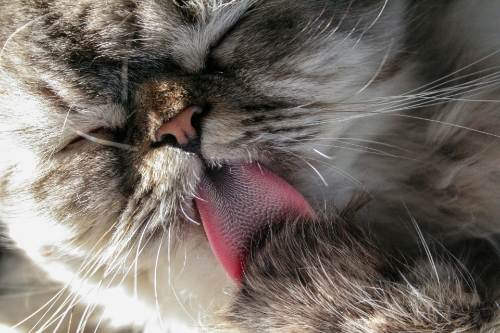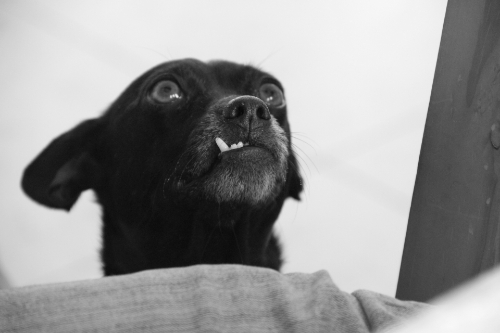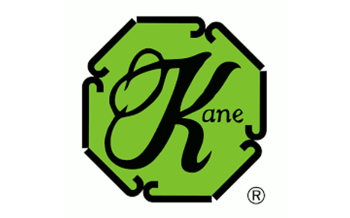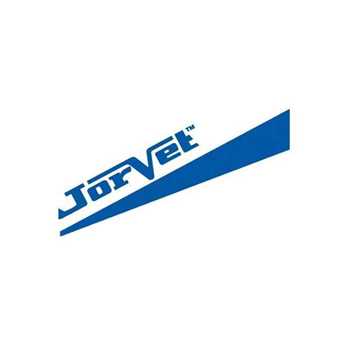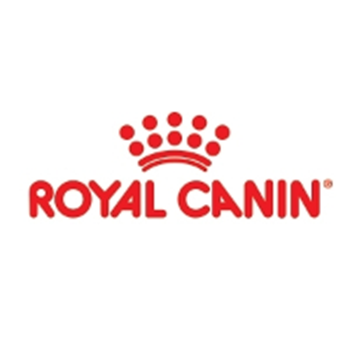Ever felt your cat's tongue? Those tiny backward-facing hooks aren't just for grooming fur—they're actually doing something amazing for your cat's dental health that you've probably never noticed.
RSS
Blog
Ever wonder why your dog's canine teeth have that perfect pointed shape? Those four prominent fangs aren't just for show—they're actually engineering marvels that work like medieval swords. Just like a knight's blade, your dog's teeth have a harder outer edge for cutting and a flexible inner core that keeps them from shattering when they chomp down.
The holidays are a time of joy and celebration, but for our pets, they can be overwhelming. The sudden influx of new people, loud music, and a change in routine can cause anxiety and stress. As a pet parent, understanding these triggers is the first step to ensuring your furry friend has a calm and happy season.
Hedgehog owners often notice behavior changes in December's cold spells. African Pygmy Hedgehogs risk torpor below 74-78°F which can slow metabolism and mimic sleep. Temperature swings and holiday travels increase this risk. Use effective heating and monitoring to prevent torpor. Understanding hedgehogs' needs keeps them healthy all winter. Use vet-approved heating solutions for a safe haven.
Beyond the battlefield, some of the bravest soldiers had paws and wings. Discover the incredible stories of Sergeant Gander, the war dog who saved his regiment, and Beachcomber, the heroic pigeon messenger.
While soldiers fought overseas, families at home relied on a different kind of service. Learn how the humble chicken became a symbol of resilience, providing food and stability during wartime.
Not all heroes wore uniforms. From a life-saving goat to a bear who inspired a beloved story, meet the animal mascots who brought comfort and hope to the front lines.
Ever moved a couch or a chair and found your cat still jumps to the old spot months later? Cats have incredible spatial memory. They use whiskers, scent markers, and mental triangulation to remember furniture layouts for weeks—even months.
Ever watch a herd of horses in a pasture and notice them suddenly change direction or become alert in unison, as if responding to an unseen signal? While we often assume they're communicating with a whinny or a flick of an ear, they're also using a silent network of communication that we can't feel: ground vibrations.
A dog's nose is more powerful than you think! Learn how your dog can read a "scent timeline" in their empty food bowl to tell a story about the past. Discover how choosing the right bowl can support their incredible sense of smell and improve their overall health.
- 1
- 2
Blog search
Blog archive

